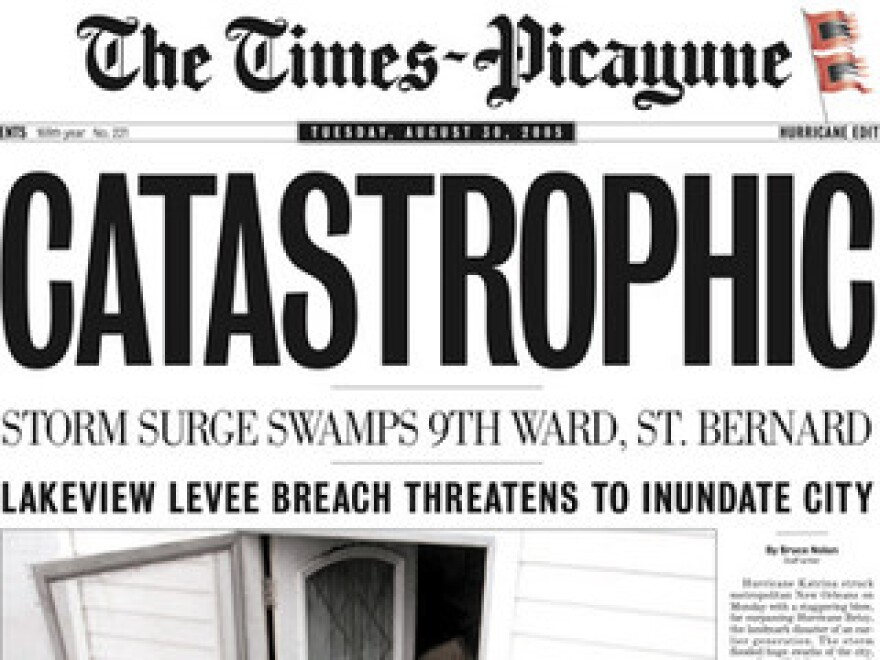What would you do if something you depend upon every day of week was no longer there every day of the week?
That’s what’s happening in New Orleans with their newspaper, the Times-Picayune. It’s owners recently announced they would only publish three days a week.
“In New Orleans, that’s a really big deal,” said Kelly McBride of the Poynter Institute's Sense-making Project. “The community is up in arms. They are very angry."
McBride recently participated in a forum where New Orleans residents shared their views – and we’ll try to respond to three of their comments and/or questions, because they actually apply to most American newspapers.
1. A young woman says: “The premise seems to be that this was inevitable, and…this was not inevitable. This was a successful business and public service. This didn’t need to happen this way.”
But McBride says the same economic forces are at play in other cities. It’s been proven by cuts to newsroom staff, and by the declining number of cities with two competing daily newspapers – like the Tampa Bay region has.
“When we look around the country at similar cities such as Denver and Seattle, and eventually they went down to one newspaper,” she said. “So it’s possible to imagine a day in Tampa Bay when we only have one newspaper.
http://www.youtube.com/watch?v=RnwzoYRLIrM
2. Another woman asked, “Does a newspaper that moves its content online have an obligation to provide subscribers with devises, either free or financed, in the same way that cable subscribers are provided with cable boxes?”
“I loved that question,” McBride said, “because that reader is assuming what newspapers want readers to assume, that journalism is a public good.
“But that said, newspapers don’t have any obligation at all to continue doing that public good. Newspapers are for-profit businesses, and their primary obligation is to their shareholders or owners to maintain profitability.”
3. A man asked, “It sounds like we’re supposed to give up on the idea that people would have one news source that they trusted?”
“Yes, those days are gone,” McBride said. “And to be frank, that was a weak system anyway.”
Pew Research suggests people go to 5 – 7 different sources of information online. Social media helps expose people to many different sources as well.
“It’s likely you’re getting a stronger sense of what’s going on than if you just sat down and consumed one newspaper or one magazine,” she said.
But McBride said we should be concerned about the decline of the Times-Picayune and other newspapers.
“In most communities, the daily newspaper represents the largest set of reporters who dig up new and original content,” she said. “Those are the journalists who go out and dig up new information about whether the government is working, or the schools are working,” she said.
“That is a real problem for Democracy.”




